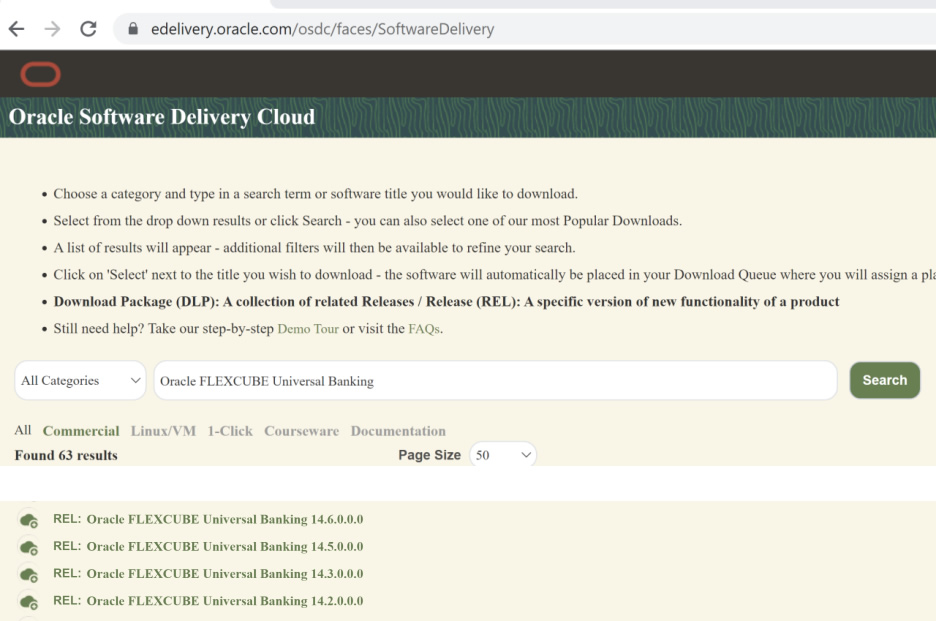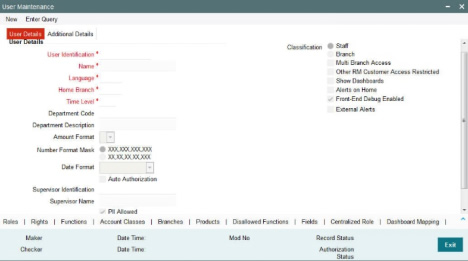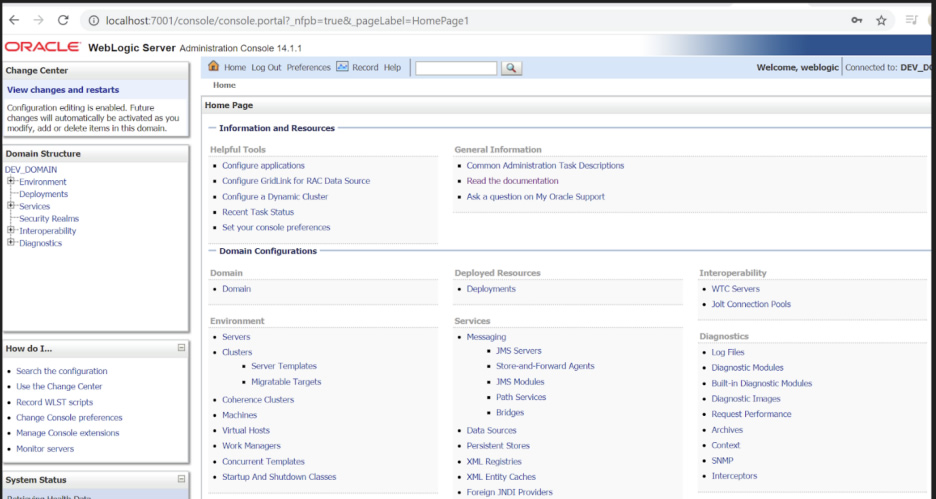Oracle Database 23c is Here!
Oracle is here with their latest version of RDBMS (Relational Database Management System) Technology – Developer edition/release. This allows ... Read More
Learn more about why Eclipsys has been named the 2023 Best Workplaces in Technology and Ontario, Certified as a Great Place to Work in Canada and named Canada’s Top SME Employer!
Learn more!Oracle FLEXCUBE is undoubtedly one of the leading Banking/Financial software in the world. It provides robust, flexible, secure, highly customizable, and scalable solutions.
FLEXCUBE UBS – (Universal Banking Solutions) as its popularly called can integrate and interact with a wide variety of third-party products and also be Co-Deployed with multiple Oracle financial products. This rich feature often wins over the competition in the field.
The scope of this document will purely be focused on the Implementation aspects of Oracle FLEXCUBE from a SysAdmins perspective.
The Implementation world often comprises the following areas:
There is also a highly technical skill set like Techno-Functional which has skills amalgamating from both technical and functional aspects.
One of the reasons FLEXCUBE is so popular is the robust and well-organized Installation and setup process. The setup comprises the following components.
Let’s dive a little deeper into each of the following:
The binary files or the installation files can be downloaded directly from the Oracle edelivery website. Search for the required UBS version and download the files.
(This document will focus on architecture, and the complete installation steps in the next part)
The latest version is currently 14.6

Oracle FLEXCUBE backend usually has 2 parts associated with the backend. (The files that are hosted on the server)
We also use these files to create a property file, that encompasses all the parameters required in the setup and running of the application – For example hostname, port, application paths, timeout settings, and a lot of other parameters.

The application file can be downloaded in from the below link.
https://www.oracle.com/ca-en/middleware/technologies/weblogic.html
Weblogic is the middleware platform used to host the FLEXCUBE application and other deployments. It is very organized, and simple to set up and debug issues.
The application is created into a deployable file call and EAR (Enterprise Archive), which contains java class files, libraries, enterprise beans, and JAR files that the application requires for deployment.
The application EAR file is then deployed onto a managed server which is used to access via a port.
(We will see the complete installation steps in the next part, this document will focus on the architecture)
Below are the various components involved in setting up the environment used to access the application
A sample look of WebLogic middleware console 14c.

This describes a very generic overview of how the Flexcube product setup is shaped in general. We will further see in detail about the setup in the next blog.
Oracle is here with their latest version of RDBMS (Relational Database Management System) Technology – Developer edition/release. This allows ... Read More
In this ever-changing database world, it’s good to have a few things which are constant, tamper proof and can validate the authenticity of an ... Read More